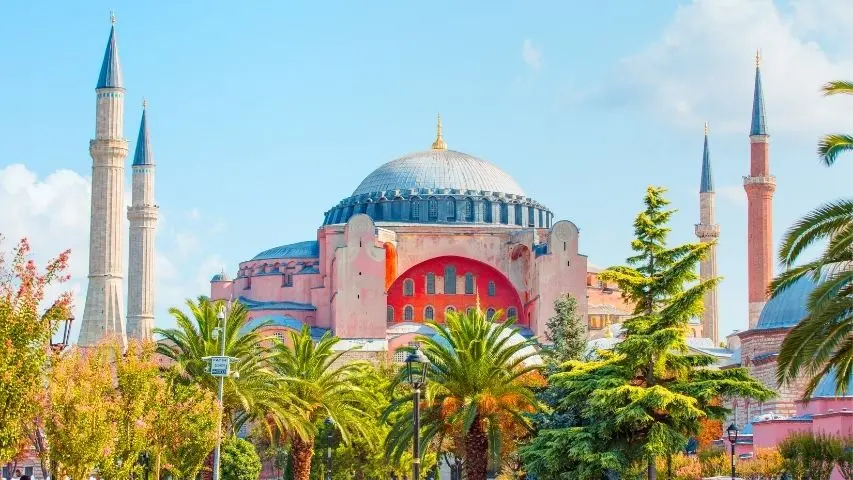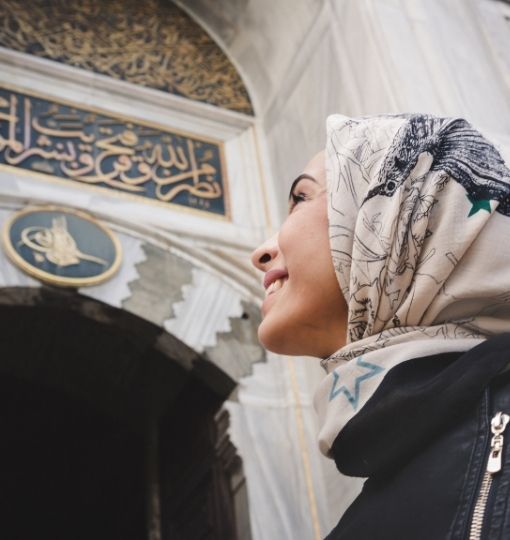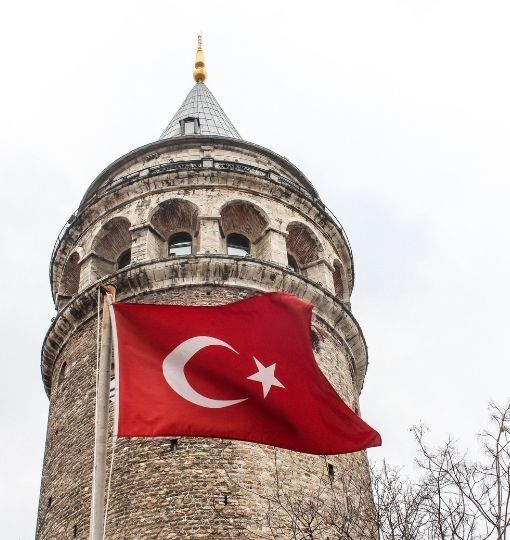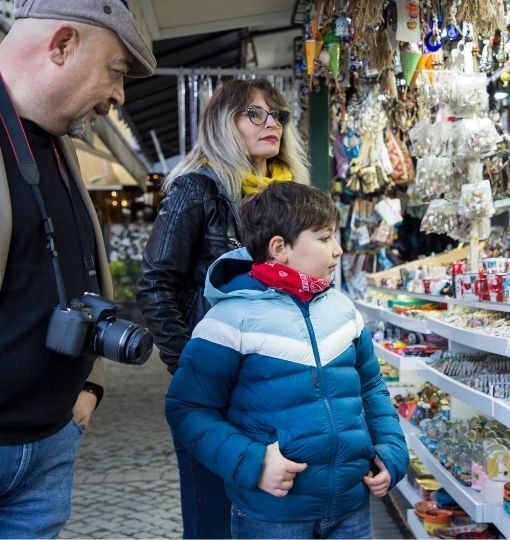Istanbul dazzles in the sun. Minarets catch the morning light, ferries leave white trails across the Bosphorus, and shopkeepers sweep their doorways as the city wakes. Yet a different Istanbul waits far below the cobblestones. There, under layers of brick and time, cool water once flowed through hundreds of stone chambers. Most travelers line up for the Basilica Cistern and then hurry back to daylight, unaware that other reservoirs still echo with whispered history.
Walk a few blocks in any direction, and you might be standing over an empty pool built fifteen centuries ago. Some lie hidden beneath busy cafes. Others open their heavy doors for only a handful of visitors each day. Step inside and the heat of the street fades at once. Marble columns rise like tree trunks in the dim light, and droplets fall into forgotten wells. These places remind us that Constantinople needed fresh water as much as it needed high walls and golden churches. In the paragraphs that follow, we will leave the Basilica behind and slip into the silence of three lesser-known cisterns that still breathe beneath the city.
About Istanbul’s Hidden Cisterns
Long before tap water, emperors planned giant stone pools under Constantinople to keep the city alive during siege and drought. Aqueducts carried rain and river water from the hills outside the walls. Cisterns stored it in the cool dark underground. The best engineers of their age measured arches, counted bricks, and carved marble capitals that still hold weight after fifteen centuries. Today a few of these reservoirs sit open to curious eyes. Each one tells a chapter of the city’s long story.
Ancient Engineers at Work
The first builders used brick, mortar mixed with crushed terracotta, and thick layers of waterproof plaster. Columns recycled from older temples saved time and money. A forest of pillars spread the load so earthquakes could shake the ground without dropping the roof.
The Life of a Cistern
Water entered through narrow channels, settled to let silt sink, then moved out again through clay pipes. Lanterns hung above walkways for guards who checked the level each night. In plague years fresh water from these vaults saved whole districts. Read here the history of the Basilica Cistern to get a deeper understanding about the general cistern history.
Rediscovery and Restoration
Many cisterns fell silent after the Ottoman conquest. Shops rose above them. Some became storage rooms or silk workshops. Modern excavations in the 1960s and recent city projects cleaned the walls, strengthened columns, and added subtle lighting so visitors can see without harming the stone.
Why Visit Today
The silence under the streets gives a rare break from the city noise. Cool air rolls across still water. Light dances on brick arches. Stand in Binbirdirek and count the pillars, or watch the laser show ripple across the surface at Şerefiye. These places are museums of engineering, architecture, and resilience all at once.
The Cisterns One by One
Below are three underground chambers that keep their own character. One glows with modern lights, one stands raw and vast, and one hides in plain sight under a carpet shop. Visiting all three takes less than half a day and shows how many different faces a single city can wear.
Şerefiye Cistern (Theodosius Cistern)
Walk two blocks west of the Hippodrome and a small glass cube marks the entrance. A lift drops you into a hall built for Emperor Theodosius II in the fifth century. Soft walkways cross a still mirror of water; every thirty minutes the walls turn into a screen for a twelve-minute light-and-sound show that paints Byzantine mosaics across the brick vaults. The Serefiye Cistern museum stays open daily from 9 a.m. to 7 p.m., and the cool air feels like natural air-conditioning on a summer day.
Binbirdirek Cistern (Cistern of Philoxenos)
Step through an unmarked doorway near Sultanahmet Square and columns surround you like a stone forest. Built in the fourth century, this reservoir once held forty thousand tons of water. Today the floor is dry, the brick ceiling soars almost fourteen metres high, and concerts or art shows echo among 224 pillars. You might catch a whirling-dervish performance or a jazz night announced on posters at the entrance. Even when empty, the vast silence feels dramatic.
Nakilbent Nakkas Cistern
A short walk toward the Grand Bazaar, a carpet shop clerk lifts a trapdoor and invites you downstairs. A single staircase leads to a small tenth-century chamber lit by spotlights. Shards of Roman glass and tiny perfume flasks rest in display cases along the walls. The visit is free, though a polite look at the rugs upstairs is appreciated. Opening hours follow the shop, roughly 10 a.m. to 6 p.m., and most tourists pass by without ever knowing it is there.
Unlock Two Cisterns and a Whole City with Istanbul Tourist Pass®
When you finish wandering in the half-light of Şerefiye and Binbirdirek, keep your phone handy. Your Istanbul Tourist Pass® already holds skip-the-ticket-line entry and an audio guide for the Şerefiye (Theodosius) Cistern and the world-famous Basilica Cistern. Just scan the QR code at the door and step straight into the cool hush while the stories play in your ear.
Those two vaults are only the beginning. The pass bundles 100-plus attractions and services across the city; everything from Hagia Sophia and Galata Tower to Bosphorus cruises, aquarium tunnels, airport shuttles, and guided walking tours. One digital pass, one fixed price, no paper tickets, no long queues.
So spend your morning under ancient arches, surface for a cup of Turkish coffee, then keep exploring without opening your wallet again. The stones may be fifteen centuries old, but the easiest way to enter them is one tap away in your pocket.


















